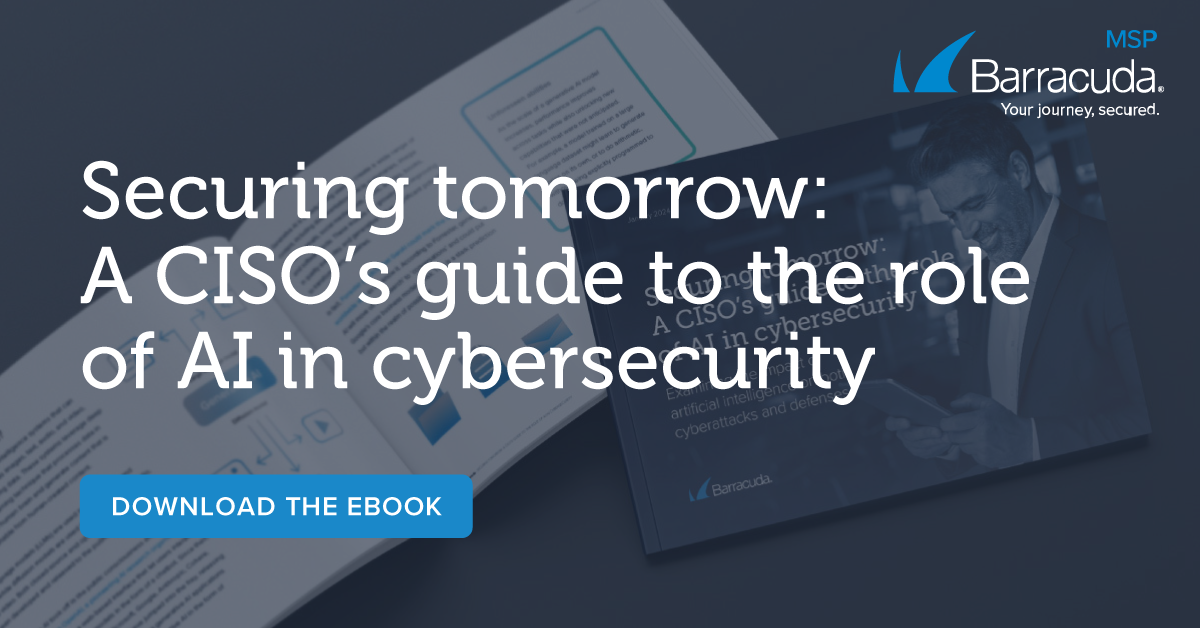
For better or worse, artificial intelligence (AI) is a hot topic right now. However, two main forms of AI are being written and spoken about, and it’s essential to understand the difference between them. Note that you may find extra definitions – here, let’s just concentrate on the main ideas.
The first is ‘simple’ AI, and the second is what is now known as generative AI, or GenAI. Often used interchangeably, they shouldn’t be as they serve completely different purposes.
At the simplest level, you can view ‘simple’ AI as consuming real-time data, which then triggers events, and GenAI as creating information, working against large language models that have previously been created using existing information sources. However, in reality, it is far more complex than that.
Exploring the evolution and application of AI
The Encyclopedia Britannica defines AI as “Artificial intelligence (AI), [is] the ability of a digital computer or computer-controlled robot to perform tasks commonly associated with intelligent beings.”
The use of AI has been around for a long time in various industries. For example, many manufacturing industries use advanced image recognition to identify items that do not meet specifications (too large, too small, deformed, and so on) and then initiate an event to remove the item. However, the underlying approach is just a rules-based system (if “item” not “to specification” then…). The capability to identify differences in items that may not all be in the same plane of view, requires some impressive AI based on the system having carried out analysis of many thousands or more of the items in training.
Another area is healthcare. Visual AI again has been used for some time in examining X-rays to identify issues that may be missed by humans, or that would take a great deal of time for a human to find the anomaly.
In pharmaceuticals, researchers use AI to create virtual synthetic compounds. They then test these compounds against known outcomes to determine if investing the millions to billions required to actually create the physical compound and carry out the tests is worth it.
AI integration with everyday lives vs. GenAI
Currently, many people talk about AI as primarily rules-based analysis and complex event processing (CEP), leveraging advanced heuristics and algorithms. However, I believe that it must be looked at in conjunction with Arthur C. Clarke’s quote “Any sufficiently advanced technology is indistinguishable from magic.” For many, much of what is now available appears to be close to, or even to surpass, what a human can do. Therefore, advanced rules-based engines can be seen as AI – as long as they are recognized for what they are best known for (pattern recognition, CEP, etc.).
Latterly, the use of voice-activated smart devices within the home environment (such as those offered by Amazon and Google) show how AI has been trained to immediately and (fairly) accurately identify what different voices are requesting. They can then initiate an event. An example of this would be to turn a light on or off. Siri, Cortana, and other device-embedded speech recognition systems, such as those used in modern cars, have all helped standardize the use of such AI-powered systems.
Interacting with GenAI
When it comes to GenAI, we are looking at a different approach. Still in its early stages, GenAI generally interacts with users through a natural language interface (NLI). Typically, this involves text, although it can also incorporate speech. Here, the user makes a request of the GenAI system. Examples would be “create a document for me on this subject,” or “create an image that meets this description”.
The system then uses its LLM to try and match what it has been asked for to the best of its abilities. The results can be impressive and can also be embarrassingly wrong.
People have also utilized AI in language translation. This was originally just based on taking a document/web page in one language and translating it (approximately) to another. Now, developers are converging it with GenAI to create real-time consume-and-create translation systems, evident in the newer versions of Google Translate available on mobile phones.
The good and the bad
On the good side, users are finding that using GenAI to provide a summary of an existing document. It can also provide a short report on a specific topic can get something that is what they want. Marketers and graphic designers are finding that images created by GenAI can help provide a good foundation for further work.
However, there are problems. Some systems exhibit unconscious bias, producing output that may lack inclusivity. Images could contain subtle flaws as a result such as too many fingers on human hands or impossible positioning of limbs.
What does this mean for managed service providers (MSPs)? I will be going into deeper detail in further posts. However, the main conclusion is GenAI is a different beast. MSPs can already utilize AI in many areas within their business operations. This can be to improve the customer’s experience, lower the MSP’s costs, and ensure better overall performance and availability.
Consider how GenAI can actively assist MSPs in the future. It is important to keep in mind that usage must be carefully thought-out and overseen by humans. The risks that unlimited use of GenAI can present are currently too high for MSPs to allow to happen. But not at least preparing for GenAI use could cause an MSP to be worse off.
Photo: metamorworks / Shutterstock


The blog offers a clear distinction between AI and GenAI, shedding light on their respective functionalities and applications in the MSP landscape. As MSPs navigate the complexities of integrating advanced technologies like GenAI into their services, partnering with Salesforce Managed Support can be invaluable. Managed support provides expert guidance and assistance, ensuring smooth integration and optimization of AI-driven solutions within MSP operations. This article serves as a valuable resource for MSPs seeking clarity on emerging technologies, with the potential for enhanced support through Salesforce Managed Support. Informative and insightful content!
Thanks
Zivoke – The Salesforce Managed Support Consultant
https://zivoke.com/salesforce-managed-support/